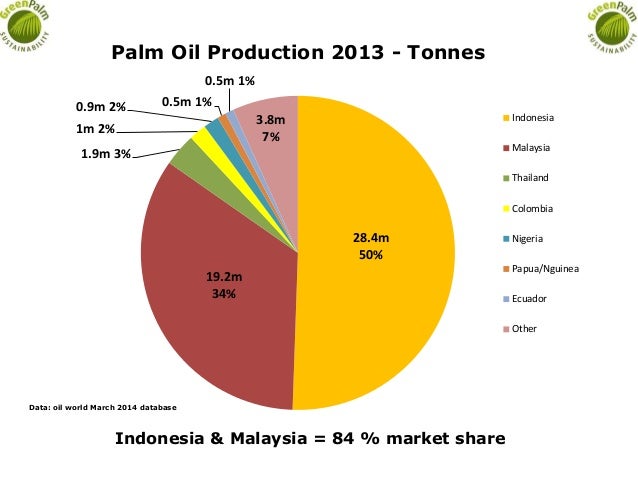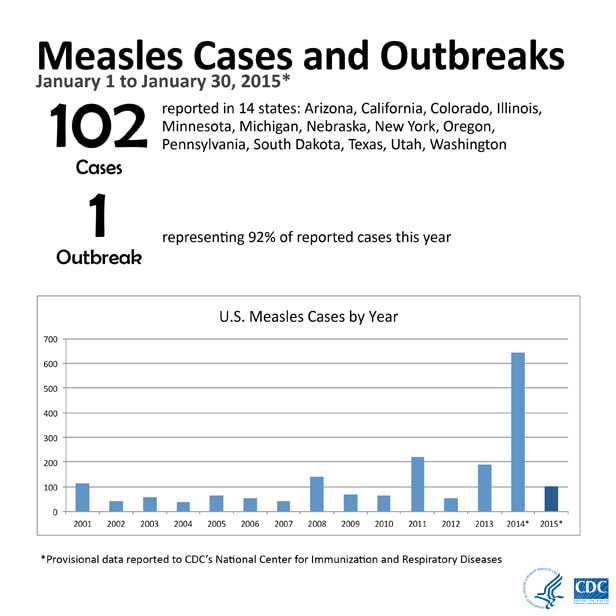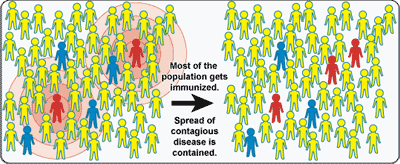
In this post I'm going to try to summarize the conclusions I reached and centralize the experiences that led me to them. I will also include some quotes that inspire me, so that maybe in several years I can look back here and remember where I was at this point in my life.
The Poisonwood Bible catalyzed the process in me, I think, because it discussed nature's awesome omnipotence. And in AP biology, the deeper we delved into the processes and patterns that govern the natural world, the more fascinated I was that everything seems to fit together so perfectly. It got me thinking that maybe sometimes God and nature are synonymous, because I can imagine no greater force that could have created our world with so much care and calculation. And so this omnipotent force, whatever we call it, demands respect and humility from everybody, no matter their beliefs. And of course, as any scientist can tell you, nature wants to be balanced always, and I imagine it really hurts her feelings when humans upset that balance deliberately and without concern.
 While these philosophies are well-meaning, I'm afraid the odds are stacked against us when we try to implement them. I hate to be cynical, but it seems to me like the US government doesn't care to prioritize its citizens' health very often. In fact, it allows practices that are very clearly harmful and dangerous, all in the name of progress and capitalism. I think we reached a point, though, at which progress can no longer mean "make as much money as possible." Progress will have to involve righting our wrongs and developing a conscience, for once. Just to be clear, I'm not anti-government; I just wish our government would stand up for us, the little people, once in a while and give big corporations a well deserved slap on the wrist.
While these philosophies are well-meaning, I'm afraid the odds are stacked against us when we try to implement them. I hate to be cynical, but it seems to me like the US government doesn't care to prioritize its citizens' health very often. In fact, it allows practices that are very clearly harmful and dangerous, all in the name of progress and capitalism. I think we reached a point, though, at which progress can no longer mean "make as much money as possible." Progress will have to involve righting our wrongs and developing a conscience, for once. Just to be clear, I'm not anti-government; I just wish our government would stand up for us, the little people, once in a while and give big corporations a well deserved slap on the wrist.  Based on what I've learned this year, I've started to make small lifestyle changes here and there, like buying less plastic. Hopefully, these changes will add up and make a difference one day. But my journey to health and sustainability is just beginning: I look forward to college and the years beyond to develop the habits and knowledge even more. I can't wait to participate in ecotourism, to join UIC's Ecocampus club, to pay close attention to what I put on my skin and in my stomach.
Based on what I've learned this year, I've started to make small lifestyle changes here and there, like buying less plastic. Hopefully, these changes will add up and make a difference one day. But my journey to health and sustainability is just beginning: I look forward to college and the years beyond to develop the habits and knowledge even more. I can't wait to participate in ecotourism, to join UIC's Ecocampus club, to pay close attention to what I put on my skin and in my stomach. If I can say nothing else, I would like to end with the thought that health (our health and that of the planet's ecosystems) must be our priority. Since a foundation of health is necessary for all other undertakings, unsustainable habits create a lifestyle that is inherently doomed. And in order for health to be the norm, we need balance everywhere. We must have a balanced diet and daily routine, but the institutions and industries that govern our society should also give back what they take. Maybe this kind of world is unattainable, but we can at least get close, can't we?









